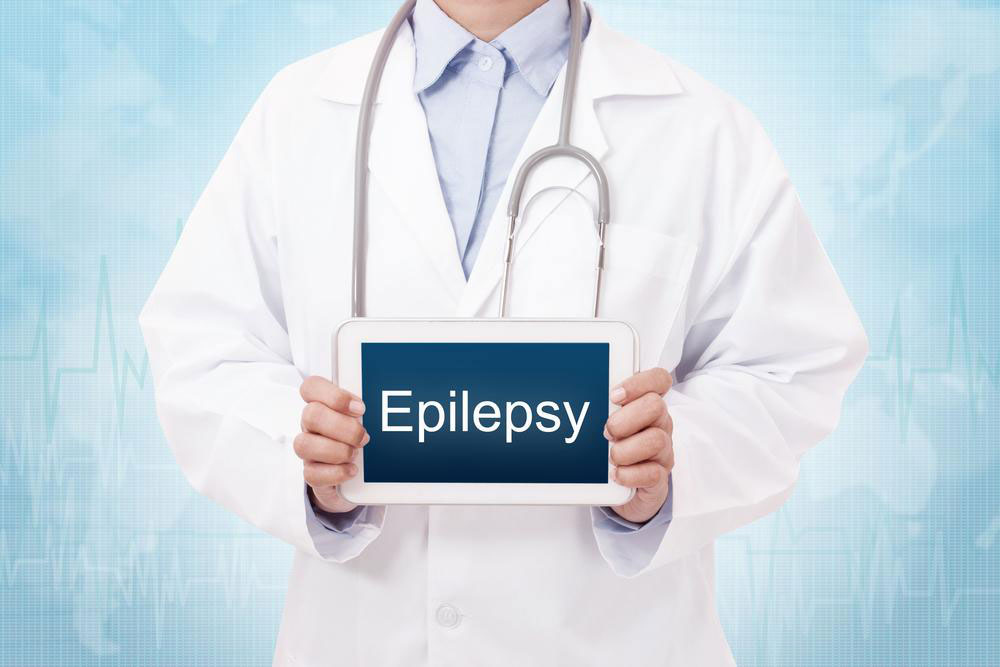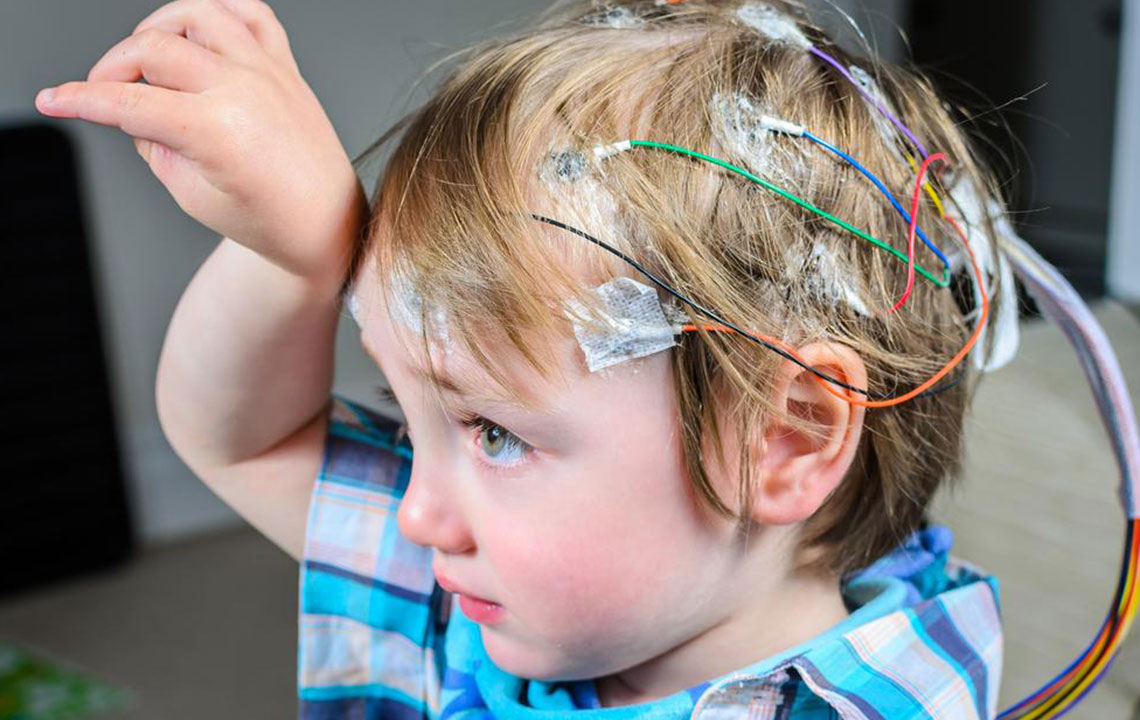Comprehensive Guide to Recognizing Different Types of Epileptic Seizures and Their Symptoms
This comprehensive article explores various types of epileptic seizures, their symptoms, and classification. It highlights the importance of recognizing seizure signs for timely diagnosis and treatment, covering focal and generalized seizures, and their distinctive clinical features. Understanding these details can significantly improve management strategies and quality of life for individuals with epilepsy, emphasizing the need for awareness and appropriate medical intervention across different seizure types.

Comprehensive Guide to Recognizing Different Types of Epileptic Seizures and Their Symptoms
Epilepsy is a complex neurological disorder characterized by recurrent, unpredictable seizures resulting from abnormal electrical discharges in the brain. These seizures can significantly impact an individual's daily functioning and overall quality of life. Accurate identification of seizure types and their associated symptoms is essential for timely diagnosis, effective treatment, and long-term management of the condition. Understanding the various manifestations of epilepsy empowers patients, caregivers, and healthcare professionals to respond appropriately and support recovery.
Epileptic seizures are generally diagnosed after a person experiences at least two unprovoked seizures within a 24-hour period. The manifestation of seizures varies depending on the affected brain regions and the type of seizure, ranging from subtle shakes to full-body convulsions or brief lapses in consciousness. Early recognition of seizure signs is vital in preventing injury, initiating treatment, and ensuring optimal care for those living with epilepsy.
Classification of Seizures and Their Distinctive Symptoms
Seizures are broadly categorized into focal (partial) and generalized types. This classification helps in understanding, diagnosing, and treating the disorder effectively, as each type has specific features and underlying mechanisms.
Focal Seizures: Localized Brain Activity
Focal seizures originate from a specific area within one hemisphere of the brain. The symptoms depend largely on which brain region is affected, resulting in a wide spectrum of clinical presentations. These seizures can sometimes remain unnoticed, especially if they are subtle, but they can also cause significant neurological disturbances.
Focal seizures are classified into:
Focal aware seizures – During these episodes, individuals remain conscious and aware of their surroundings. They may experience sudden fear, anxiety, sensory anomalies, or hallucinations. These seizures might manifest as tingling, visual disturbances, or auditory sensations, depending on the affected brain region. Often, individuals are unaware that they have experienced these seizures, making awareness critical for diagnosis.
Focal impaired awareness seizures – These involve impairment of consciousness or awareness. Patients may exhibit automatisms such as lip-smacking, repetitive movements, or swallowing. Commonly associated with damage or dysfunction in certain brain areas like the temporal lobe, these seizures can last from seconds to a few minutes. Patients often have no memory of these episodes afterward, highlighting the importance of recognizing subtle signs.
Generalized Seizures: Involving the Entire Brain
Unlike focal seizures, generalized seizures affect both hemispheres simultaneously. They tend to have more dramatic and observable symptoms and often occur without an apparent cause. Recognizing these seizures is vital, as they require different treatment approaches and have distinct clinical features.
Common types of generalized seizures include:
Tonic-clonic seizures – Formerly called grand mal seizures, these are characterized by a combination of stiffening (tonic phase) and rhythmic jerking (clonic phase). During the tonic phase, the individual experiences muscle stiffening, often accompanied by loud sounds or cries. Loss of consciousness is typical, and biting of the tongue or cheek can occur. The clonic phase involves convulsive movements, and recovery usually involves confusion or tiredness lasting some time afterward.
Absence seizures – Also referred to as petit mal seizures, these involve brief lapses in awareness lasting usually less than 20 seconds. The person appears to be daydreaming, with subtle signs such as upward gaze, blinking, or eyelid fluttering. These episodes are often unnoticed or mistaken for inattention but require proper diagnosis and management to prevent academic or social difficulties.
Atonic seizures – Sometimes called drop attacks, these seizures cause sudden loss of muscle tone, leading to limpness or falls. They typically last up to 15 seconds, and the individual may suddenly collapse without warning. Safety precautions are essential for people experiencing atonic seizures to prevent injuries.
Tonic seizures – These are characterized by sudden stiffening of the entire body, often lasting around 20 seconds. Awareness can sometimes be affected, and the episodes may occur during sleep or wakefulness. People experiencing tonic seizures may fall if standing or sitting at the time.
Clonic seizures – Marked by rhythmic jerking movements, clonic seizures affect limbs or the entire body. They can last up to two minutes and are often associated with other generalized seizure types. These movements are rapid, repetitive, and can cause discomfort or injury.
Myoclonic seizures – These involve sudden, brief, shock-like muscle jerks, usually affecting the arms, shoulders, or head. They often occur shortly after waking or during sleep. In severe cases, myoclonic seizures can impair mobility and speech, especially in conditions like juvenile myoclonic epilepsy.
Understanding the causes of epilepsy is essential for comprehensive management. The disorder can result from genetic factors, brain injuries, infectious diseases, or developmental anomalies. Treatment options include medications, dietary therapies such as ketogenic diet, and surgical interventions when necessary. Many individuals experience significant improvement or even remission over time, especially with proper care and adherence to treatment plans. Living with epilepsy requires ongoing support from healthcare professionals, family, and community resources, emphasizing the importance of awareness and early intervention to enhance quality of life.





